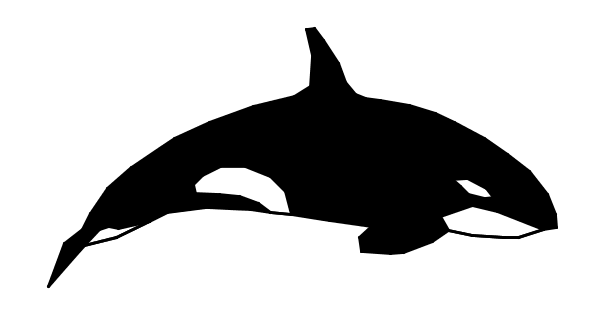Let's let \(a\) represent the number of adult tickets sold and \(c\) represent the number of child tickets sold. We need to build two equations to solve a system for both variables.
The first equation we will build relates to the fact that there were \(79\) total tickets sold. If we combine both the number of adult tickets and child tickets, the total is \(79\text{.}\) This fact becomes:
\begin{equation*}
a+c=79
\end{equation*}
For the second equation we need to use the per-ticket dollar amounts to generate the total cost of \(\$384\text{.}\) The amount of money that was made from adult tickets is found my multiplying the number of adult tickets sold, \(a\text{,}\) by the price per ticket, \(\$6\text{.}\) Similarly, the amount of money from child tickets is found my multiplying the number of child tickets sold, \(c\text{,}\) by the price per ticket, \(\$4\text{.}\) These two amounts will add to be \(\$384\text{.}\) This fact becomes:
\begin{equation*}
6a+4c=384
\end{equation*}
And so, our system is
\begin{align*}
\left\{
\begin{alignedat}{4}
a\amp {}+{} \amp c \amp {}={} \amp 79 \\
6a\amp {}+{} \amp 4c \amp {}={} \amp 384 \\
\end{alignedat}
\right.
\end{align*}
To solve, we will use the substitution method and solve the first equation for the variable \(a\text{.}\)
\begin{align*}
a+c\amp=79\\
a\amp=79-c
\end{align*}
Now we will substitute \(\substitute{79-c}\) for \(\substitute{a}\) in the second equation.
\begin{align*}
6\substitute{a}+4c\amp=384\\
6\left(\substitute{79-c}\right)+4c\amp=384\\
474-6c+4c\amp=384\\
474-2c\amp=384\\
-2c\amp=-90\\
c\amp=45
\end{align*}
Last, we will solve for \(a\) by substituting \(\substitute{45}\) in for \(\substitute{c}\) in the equation \(a=79-c\text{.}\)
\begin{align*}
a\amp=79-c\\
a\amp=79-\substitute{45}\\
a\amp=34
\end{align*}
Our conclusion is that Amanda sold \(34\) adult tickets and \(45\) child tickets.
